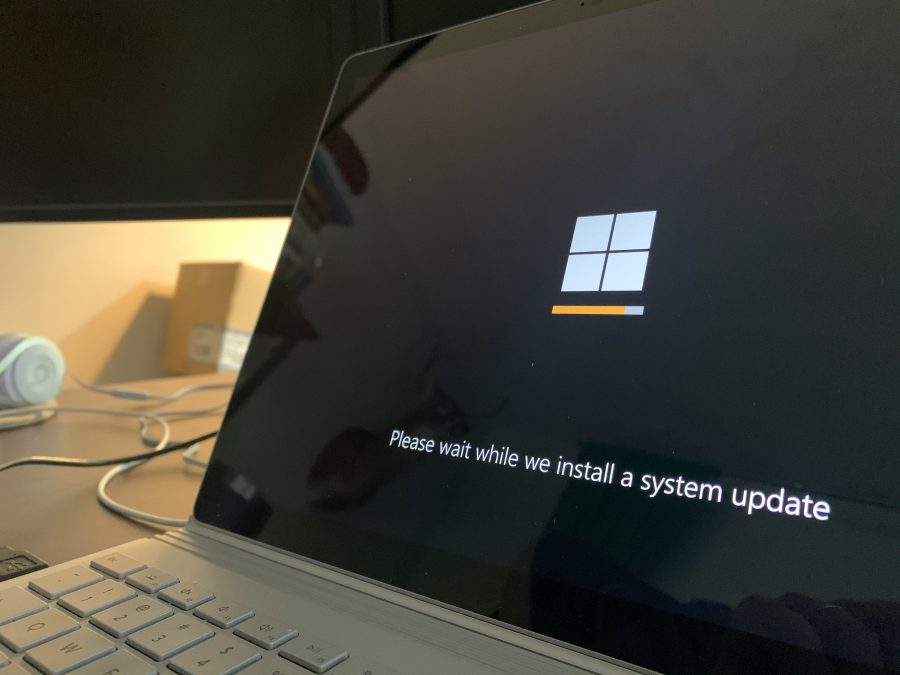As per McKinsey, 70% of digital transformation projects fail to meet their objectives. This is a concerning statistic, especially given enterprise transformation’s global frenzy, regardless of size or revenue. After a near-successful pilot initiative, the main challenge is scaling digital innovations.
The IT industry has been caught off guard by digital Darwinism, with technology evolving at a rate far faster than businesses can keep up. It’s time to build a new ecosystem based on focused technology leadership, innovative building blocks, and steadfast digital maturity to realize your long-term digital vision. It’s essential to lay out the different stages of digital transformation and figure out where your company is right now.
This is the essence of digital transformation 2.0. It requires a fundamentally transformed workforce. There is a need to focus on empowering employees at the frontlines of business. Organizations need to have a holistic approach towards innovation and foster a DIY culture across different departments.
Often business users want to innovate, but they don’t understand the idea of innovation or how to structure it. It’s high time we looked into achieving large-scale innovation and formalizing a process for training our workforce to build certain applications independently and without any extensive IT involvement.
How can no-code accelerate digital transformation 2.0
Given the difficulty most businesses have in finding the right tech talent, they must look for new ways to meet the demands of digital transformation. No-code aids in developing digital solutions by making building solutions easier and reducing the time and resources required. Regardless of technical skill, anyone can create apps and thus contribute to the digital transformation’s acceleration.
i) Acceleration with visual development
No-code platforms reduce the time to build new applications by 90% (from well over six months to under four weeks). Drag-and-drop functionality allows both developers and non-developers to create enterprise applications on the go. The ability to quickly build functional prototypes of potential solutions and test them is a crucial feature of no-code platforms.
No-code tools empower business users familiar with and knowledgeable about operational challenges. They can build working prototypes using drag-and-drop interfaces, pre-configured connections to data sources and APIs, and built-in security. Most low-code app development projects are delivered with little to no coding because much of the boilerplate is already removed.
Component reusability is another benefit of using low-code tools and a catalogue of pre-built components and pre-configured modules. Using standard user interface components like menu bars, buttons, form sections, and so on, a user can leverage pre-built UI components and combine them into a full-fledged application.
ii) Democratization of application development
According to Gartner, the demand for business-related applications is five times higher than the available IT capacity.
As a result, one of the most significant roadblocks to digital transformation is a lack of talent. Companies can enable teams to produce high digital solutions for daily operation while still achieving IT security regulations and tackling cybersecurity concerns by transforming many semi-technical employees into citizen developers.
No-code allows you to create applications, websites, workflows, and automation recipes using a simple user interface. Backend integrations are supported by some of the more refined low-code platforms, allowing users to connect their digital solutions to multiple data sources and create unified web portals.
As a result, citizen developers can aid in the Acceleration of business value in addition to increasing development resources. While they create business apps, the IT department can handle the more complicated digital issues.
iii) Enhancement of scalability
Many businesses have massive project backlogs costing billions of dollars in lost revenue. As they can’t find the right talent to address business opportunities quickly enough, or they can’t give them priority over other tasks because they can’t find it. Low-code can help your development team get more done less time, reducing backlogs. No-code development turns pre-built UI components, integrations, and custom logic into visual building blocks that are simple to copy and paste.
Thanks to ready connections to multiple data sources, users can easily connect to data from various business functions and scale the application.
A no-code approach reduces the time and effort required to scale and maintain apps across an entire company or millions of users. In minutes, the developer can build something once and deploy it everywhere. Thanks to easy cloud deployment, extending the application from one geographic location to another is simple.
iv) Improvement in application lifecycle management
The main goal is to create applications that are adaptable to enhancements, cost-effective, quick to develop, and less complex to maintain. No-code development speeds up application delivery by allowing users to deploy apps with just a few clicks instead of relying on DevOps or engineering teams.
All stages of the application life cycle, including development, deployment, monitoring, maintenance, and updates, can be performed in real-time from a single point, ensuring security, compliance, and version control, depending on the platform.
The ability to quickly change what has already been developed to ensure that the app continues to serve the purpose required by the business is critical during the software maintenance phase.
v) Expansion of enterprise functionality
There is more to digital transformation than an organization’s ability to convert its existing services, competencies, and processes into digital assets. It also expands its functionalities by integrating no-code, low-code, or hand-coded applications with valuable third-party solutions.
Modern No-Code platforms facilitate the seamless integration of current systems with legacy technologies and enable easy configuration of APIs using plug-in components. They can graphically represent all key software components—including third-party integrations—in a visual UI that can be configured with ease.
These third-party integrations can enable enterprises to:
- Not miss out on vital solutions in the market
- Enhance operational efficiency
- Derive the best out of legacy systems
vi) Reduction in time-to-market of Minimum Viable Product (MVP)
Launching your MVP (an early stage but a viable version of your product) is an intelligent way to validate your business model and keep yourself on the right digital transformation track. Before the full-fledged release, you can gather ongoing feedback from customers and external stakeholders. MVPs help gain deeper insights into the end user’s experience and develop a shared understanding of what works and what doesn’t. It can provide insights into positioning the product competitively and use the resources prudently.
It takes a lot of time, commitment and resources to traditional code, even the most basic iteration of a product – that includes creating a wireframe – a basic mockup image displaying the software interface elements.
No-code platforms are tailor-made to build a functional MVP, with a shorter software development life cycle (SDLC) and better time-to-value. With no code, you can divert your focus from technical hassles to user experience and go-to-market strategies. Moreover, you can nimbly respond to stakeholders’ feedback by customizing your solution on the go.
Conclusion
Many people are more digitally oriented. We refer to them as “digital natives” on occasion. They’ve grown up with technology, but they don’t want to work in the field. They want to work in the marketing department. They want to work in operations or sales and believe that technology can help them improve their operations. They believe they can automate more, make something more data-centric, and add the appropriate dashboards to help people make better decisions.
To achieve the goals of digital transformation 2.0, encouraging such individuals and adapting to technology like no-code are the correct steps in that direction.










